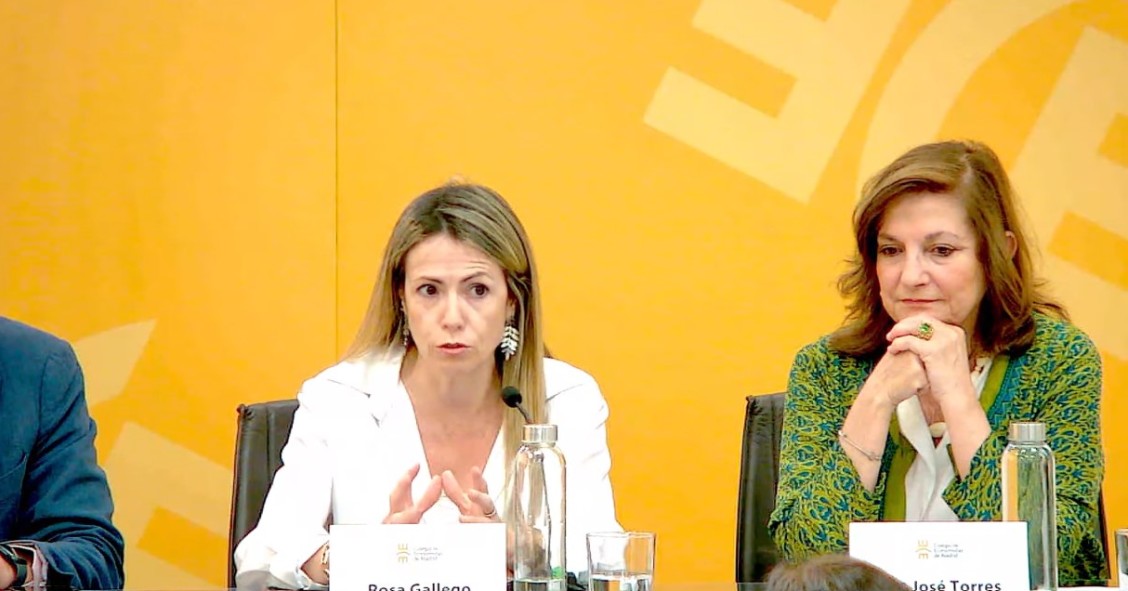
One of the documents that you may need to buy a property and get a mortgage is the property registry certification, which is usually a certificate of ownership and encumbrances.
This article explains what registry certification you will need for your real estate transactions, how much it costs and how to get it.
What is the registry certificate and what is it for?
The registry certificate is a public document signed by a property registrar certifying the record's content and everything related to a property that is already registered. For example, current and former ownerships and current and expired rights.
This document is used to enforce such rights against third parties, individuals, legal entities, courts, public institutions and agencies and is, legally, the only means to do so. It is also a means of proof and is legally binding on all parties.
What types of certifications are there?
The most usual certification (and the one usually related to home purchase and mortgage processes) is the certification of ownership and encumbrances or property certification, which includes the current data regarding its complete description, its owner or owners, the rights that may have been constituted on the property (such as lease, usufruct or use) and the encumbrances pending on the property (mortgages, liens, easements, tax affections, etc.), or the circumstance of being free of them.
There are other types of registry certifications, such as the literal certification, which consists of the complete transcription of one or more entries or registrations of a property's history.
Contents of a registration certificate
The information on a registry certification will depend on the type of certification in question. Following the example of the certification of ownership and encumbrances – the most frequent certification – it should generally contain a description of the property, the ownership and the possible encumbrances.
By accessing your certification, you will know, among other things, who owns the property, what type or types of ownership exist over it (freehold, bare ownership and/or usufruct) and in what percentages, encumbrances (mortgages, etc.)...
The difference between a "nota simple" and a registry certification
The "nota simple" and the registry certification contain the most relevant information about a property or real estate's legal situation. However, the "nota simple" does not provide information about former owners or rights that have already been cancelled.
Both documents can be requested at the Land Registry in the district where the property is located. Although in any case, you must first express your legitimate interest in requesting the information (unless you are the owner of the right). This is because registry entries are protected by the Data Protection Law.
Beyond these points, the main difference between registry certification and "nota simple" is that, while the "nota simple" is merely informative, the certification is a public document signed by the Registrar, which attests to the content of the registry and is binding on all parties.
How to get the Land Registry certification
Requesting a registry certification is simple: you can obtain it directly from the Land Registry or electronically via the Association of Registrars' web portal. Of course, you must identify yourself using an electronic signature or be a service subscriber.
Moreover, you must provide some identification information about the property (Unique Registry Code or CRU, Unique Identifier of Registry Properties or IDUFIR or registry data).
Do not forget you will also have to claim a legitimate interest, i.e., you must specify a reason for the request or the purpose for which the information will be used:
- Legal-economic investigation on credit, solvency or liability: This box should be checked when the purpose of the request is to know the capacity to meet their liabilities on the part of the registered titleholders of specific assets or rights. This is the case, for example, in borrowing from the registered owner, contracting a lease with the registered owner as a tenant, contracting services in favour of the registered owner, etc. This field can also be used to prove that you do not own real estate (for example, to obtain public housing, legal aid or grants).
- Legal investigation on the object, its ownership or limitations: This box should be checked when the objective is to know the rights that apply to a property: ownership, usufruct, easements, urban limitations, encumbrances, etc. For example, to discover if there are rights of way or access, if the land is buildable, the property's registry description, studies for property appraisal, clarification or regulation before the Cadastre or other Bodies, etc.
- Investigation for contracting or filing of actions; being the owner of some right over the property or other reasons: This box must be checked when the acquisition of the property or some right over it is sought, such as, for example, the purchase of the property, acquisition of the usufruct, rent or loan with mortgage guarantee. You should also check this box when you want to take legal action against the registered owner or on the property (to request seizure of the property, to exercise the right of withdrawal of co-owners, neighbours or tenants on the property, to legally claim some right on the property, to exercise the boundary delimitation of the property, etc.).
How much does a registry certification cost?
The cost of a registry certification is set out in the fees applicable to property registrars. They are as follows:
- Certificate of ownership, either a literal or an extract, regardless of the time it refers to, for each property: €9.015182.
- Certificate of encumbrances, including or not the property ownership, per property and regardless of the number of encumbrances: €24.040484.
- Certificate with continuous information (i.e., if information on filing entries on an estate is requested within 30 days), jointly: €48.080968
- Negative certificate of charges: €9.015182
- Other certificates not included in the preceding paragraphs: €6.010121
How long does it take to issue a registration certificate?
Any certificate from the land registry will be issued within five working days from the date you submit your application.






